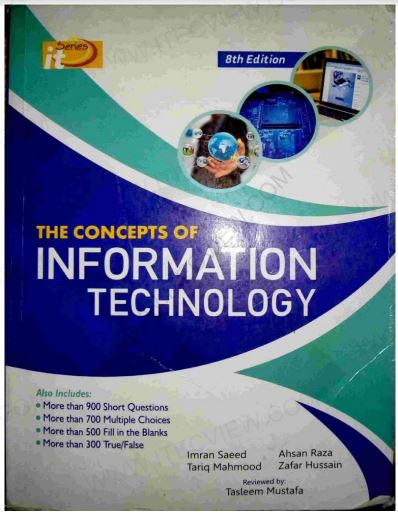
The Concepts of Information Technology Download free Book
IT Series Information Technology Concepts has a book written to provide students with a solid foundation in computing, and information technology. Readers will be able to understand software and hardware computer science. The Internet.
The book has written for all levels of students, from beginners to professionals. Computer science effectively helps anyone who wants to gain experience in computer science and information technology.
Also Check: Unity 5 from Zero to Proficiency: Download e-book
Also Check: Data Structures and Algorithms in Java: Download
An important aspect of this book is its effectiveness in all types of examinations. We’ve included hundreds of short questions, multiple-choice, fill-in-the-blank, and true/false questions. These questions will allow students to achieve high marks in any type of exam.
There are thirteen chapters in the book. Each chapter begins with a chapter outline. Each chapter contains a large number of images and tables to explain the terms.
We’ve included a brief introduction to HTML and DOS. This will allow students to acquire practical knowledge. Web design and disk operating system.
Also Check: FSc 1st Year Physics Notes All Chapters | Numericals, MCQs
Also Check: Computer Hacking Beginners Guide PDF
Readers can submit suggestions for improving the book by emailing [email protected].
The Concepts of Information Technology
IT stands for “Data Innovation” and is denominated as “IT”. Meet everything related to the treatment of innovation, such as organization, equipment, programming, the web, or the general population working with this advancement.
Many organizations have these IT departments that computerize their organizations, systems, and other specialized components. IT jobs include computer programming, organizational management, computer design, online development, technical assistance, and many other technical fields.
As we live in the “record age,” new information has become an integral part of our daily lives. This means that the term “IT”, which is commonly used today, will go a long way.
Download Here